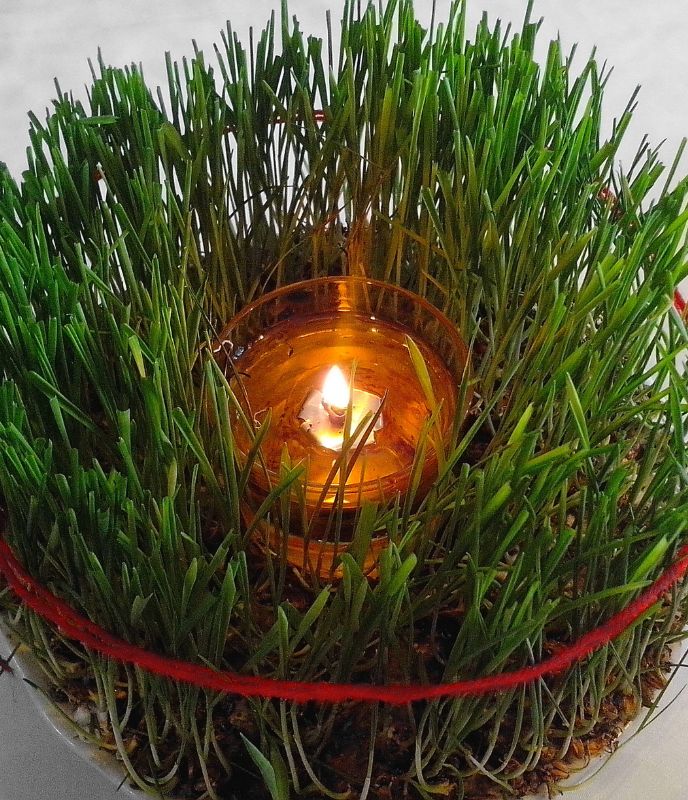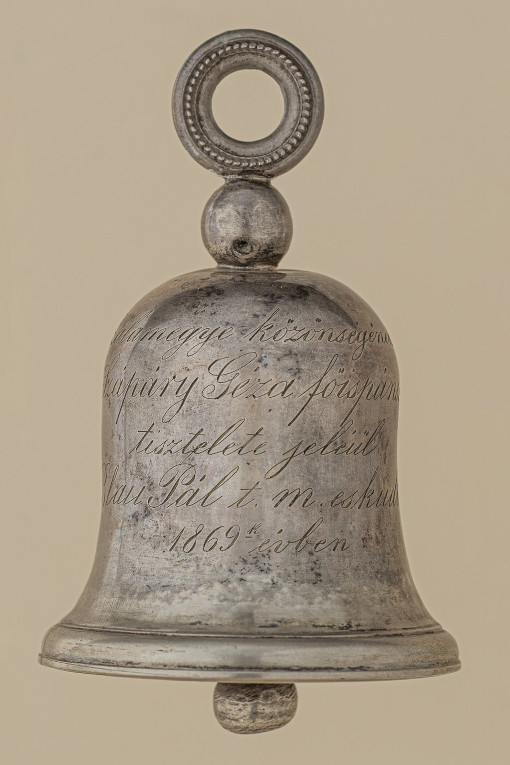The Tradition of Lucabúza
Barbarabúza and International Traditions
Among the Croatian and German minorities in Hungary, it was not lucabúza but Barbarabúza, sown on St. Barbara’s Day (December 4), that was the custom. Its purpose, besides ensuring a good harvest, was also to protect livestock. A glass was placed in the center of a plate surrounded by wheat grains and carefully watered. As Christmas approached, it was decorated with a candle, becoming a centerpiece of the festive table.
The tradition of sprouting wheat dates back to ancient times and was known throughout the Mediterranean region, from Egypt to the Middle East. This custom remains widespread among Europe’s Catholic populations today.
Lucabúza in Europe
In Germany and Austria, along with Barbarabúza (Barbaraweizen), the sowing of lucabúza (Luziaweizen) also occasionally occurs. Both symbolize fertility and the renewal of life. The sprouted wheat is often placed under the Christmas tree.In France, on St. Barbara’s Day (blés de la Sainte-Barbe), not only wheat but also lentils and chickpeas are sprouted, which are later planted in the ground. The tall, lush stalks are decorated with yellow and red ribbons.
In Croatia, Christmas wheat (božićna pšenica) is adorned with three candles in the center, symbolizing the Holy Trinity, and the wheat stalks are tied with ribbons in national colors.
In Italy, “Adonis Gardens” (giardino di Adone) are created, while on the island of Sardinia, “su nenniri” is prepared. A significant difference, however, is that these traditions are tied to the Easter season rather than Christmas.




